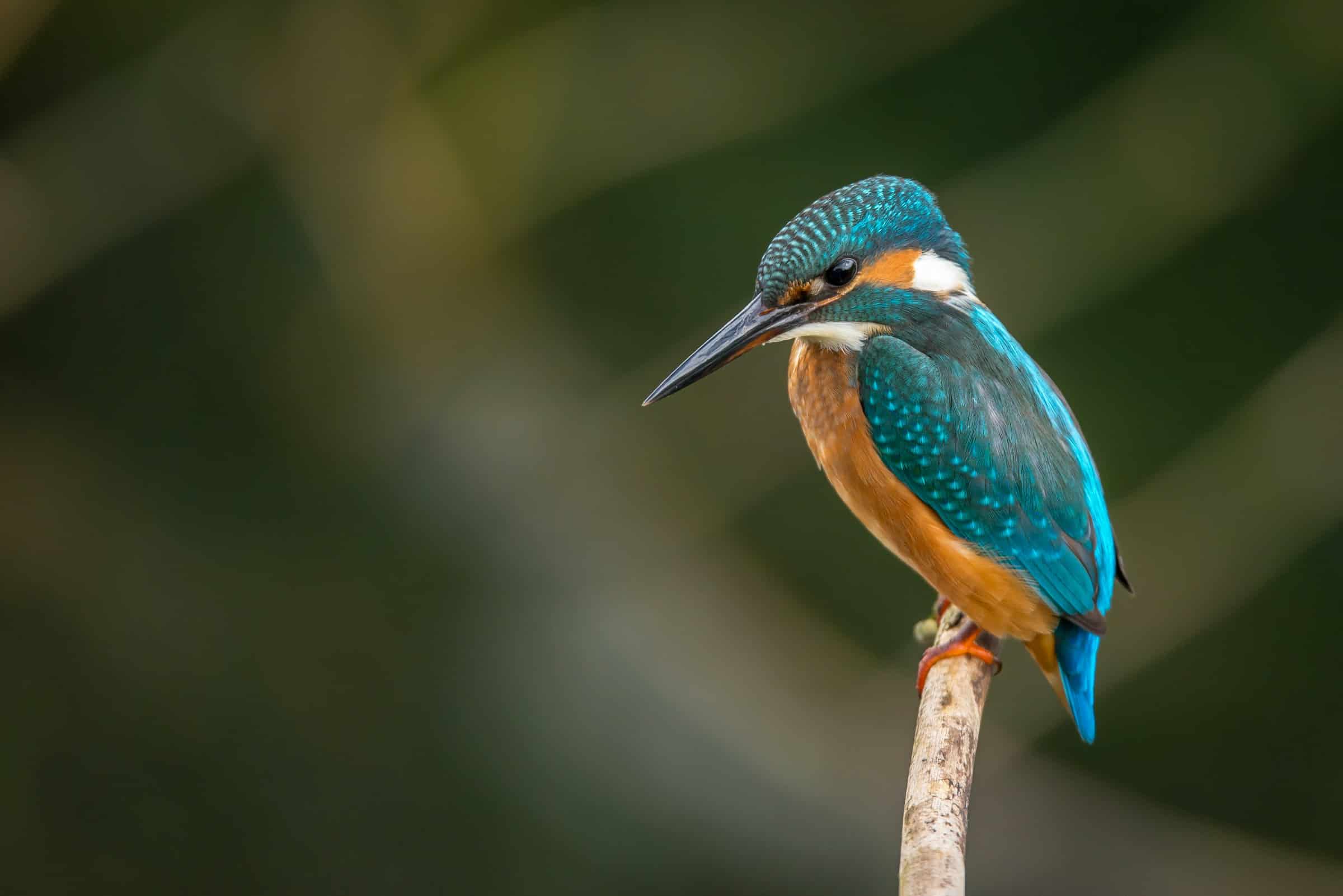What are the best months to visit the Shetland Islands for bird watching?

If you are ardent bird watchers, nature enthusiasts or wildlife photographers, the Shetland Islands in Scotland should be on your must-visit list. Shetland, a Scottish archipelago situated between mainland Scotland and Norway, is renowned for its diverse birdlife. It is a haven for birders, with a variety of common and rare species, making it an unforgettable birding tour destination.
As the changing seasons colour the landscapes in hues of red, birds from different corners of the globe throng the islands. If you've been wondering about the best time to visit the Shetland Islands, read on. This article will guide you through the different avian wonders that each season has to offer.
En parallèle : What precautions should you take when visiting the caves in Cheddar Gorge?
Spring: A Time of Arrival and Courtship
Spring, usually from April to June, is an incredible time to experience the birdlife on the Shetland Islands. During these months, the islands awaken from the winter lull, and the air fills with a symphony of bird songs, as the common species return to their breeding grounds.
Common spring birds include the colourful puffins, who return en masse to the Shetland cliffs to breed. Their amusing antics paired with their vividly coloured bills make them a favourite amongst birders. The islands also play host to a large number of seabirds such as guillemots, kittiwakes, and fulmars, which assemble in large colonies on the cliffs.
Sujet a lire : What is the average cost of a meal in a pub in rural Yorkshire?
The marshland areas see the arrival of wading birds like red-throated divers, snipes, and lapwings. Peatland areas echo with the unusual calls of the golden plover and the enchanting song of the skylark fills the island. Shetland's springtime wildlife spectacle is truly a sight to behold.
Summer: A Season of Activity and Abundance
As the days lengthen and the islands bask in the summer sun, Shetland's birdlife becomes even more vibrant. From June to August, the islands become a nursery for a wide range of bird species, making it an excellent time for bird watching.
Over the summer months, the sea cliffs are carpeted with thousands of breeding seabirds, and the air is filled with their cacophonous calls. Puffins, guillemots, gannets, and razorbills can be seen incubating eggs or feeding chicks. This is also the peak time to spot rare breeding birds such as red-necked phalaropes and black guillemots.
The moorlands and marshes are equally active with the sight and sound of wading birds raising their young. Shetland's notable bird, the red grouse, can also be seen in the moorlands during the summer months. With prolonged daylight hours, summer offers ample time for bird watching, making it a favoured season amongst birders.
Autumn: A Season of Departure and Arrival
Autumn, from September to November, is a time of transition on the Shetland Islands. As the days shorten, the islands prepare for the cold months ahead. It is the time when the summer breeding birds bid adieu and set off for their wintering grounds. However, it doesn't mean that the islands become bereft of birds.
Autumn is an exciting time for birdwatchers, as it is the best time to see rare migrant species. Birds from North America and Siberia often stop over in Shetland during their long migrations. It's not uncommon to spot rare species such as yellow-browed warblers, bluethroats, and lanceolated warblers during this time. The thrill of spotting a rare species amid the common ones adds an extra spark to the autumn birding experience in Shetland.
Winter: A Time of Survival and Solitude
Winter, from December to March, brings a quieter period for the Shetland Islands. As the islands are swept by strong winds and snow, many birds depart, leaving behind a select few that are adapted to the harsh conditions.
Seabirds like the fulmars and kittiwakes can be seen braving the winter seas, while the moorlands and farmland areas are the territories of the hardy red grouse and rock pipit. Wading birds like the purple sandpiper and turnstone can be seen foraging along the shoreline, unperturbed by the icy waters.
Though winter may seem to offer less variety, it provides a unique birding experience. It's a time when the islands' rugged landscapes and resilient wildlife truly shine. For those of you who appreciate solitude and the stark beauty of winter, this season offers an enchanting bird watching experience.
In the end, the best time to visit the Shetland Islands for bird watching depends on what you wish to see and experience. Each season holds its unique charm and offers a different palette of bird species for you to discover. Rest assured, no matter when you choose to visit, the Shetland Islands promise a birding tour that will remain etched in your memories forever.
Wildlife Photography Opportunities at the Shetland Islands
Whether you're a professional wildlife photographer or a hobbyist, the Shetland Islands offer a plethora of opportunities to capture the beauty of avian life in all its glory. Each season presents a different backdrop, enhancing the allure of your subjects and making your photos stand out.
In the spring, you can capture the vibrant hues of mating plumages, the courtship rituals and nesting activities of birds like puffins, red-throated divers, and guillemots. The picturesque cliffs of the islands, especially the famous Sumburgh Head, come alive with large numbers of breeding seabirds, offering fantastic photo opportunities.
Summer in Shetland is synonymous with activity and abundance. With long daylight hours, you have ample time to photograph the busy life of birds like red-necked phalaropes and black guillemots. The moors and marshes are bustling with the sight and sound of wading birds raising their young, providing captivating scenes for your lens.
The autumn season in Shetland is a unique time for bird photography. It's the best time to photograph rare migratory species like bluethroats and lanceolated warblers. The excitement of capturing a rare species on film makes autumn a favourite amongst wildlife photographers.
Winter, though a quieter time, offers a unique challenge to photographers. The resilient red grouse, rock pipits, and wading birds like purple sandpipers against the stark beauty of the winter landscape create an interesting contrast, providing unique and dramatic images.
Conclusion: The Best Time for Bird Watching at Shetland Islands
The Shetland Islands are a bird-watcher's paradise, no matter what time of the year you choose to visit. Whether it's the arrival and courtship of birds in spring, the bustling activity and abundance of summer, the exciting rare sightings of autumn, or the stark beauty and resilience of winter, each season offers its own unique charm and reasons to visit.
The best time to visit Shetland for bird watching really depends on the kind of avian spectacle you wish to witness. If you want to see large numbers of breeding seabirds, spring and summer would be ideal. For a chance to spot rare migratory species, autumn is the best time to go. And, if you want to experience the stark beauty of Shetland's winter and its hardy avian residents, visit during the colder months.
Shetland, with its abundant birdlife and dramatic landscapes, offers an unforgettable experience for bird watchers, nature lovers, and wildlife photographers alike. Whether you choose to explore the national nature reserves, take a guided birdwatching holiday with Heatherlea Birdwatching, or embark on an island explorer tour, your visit to Shetland is sure to be a memorable one.
Remember, no matter when you decide to visit Shetland, whether it's spring, summer, autumn, or winter, be prepared for an immersive bird watching experience that will leave you spellbound. From the colourful puffins of the Fair Isle to the intriguing red-necked phalaropes of the Outer Hebrides, this Scottish archipelago promises an extraordinary avian spectacle that is sure to remain etched in your memory for years to come.
